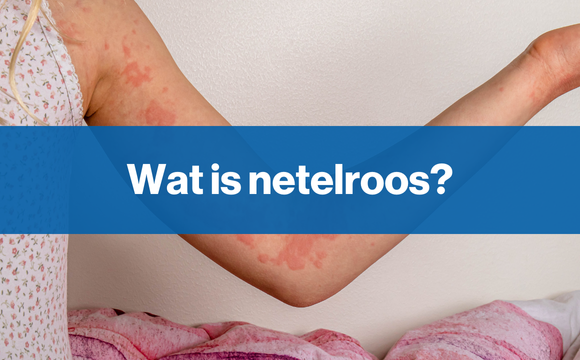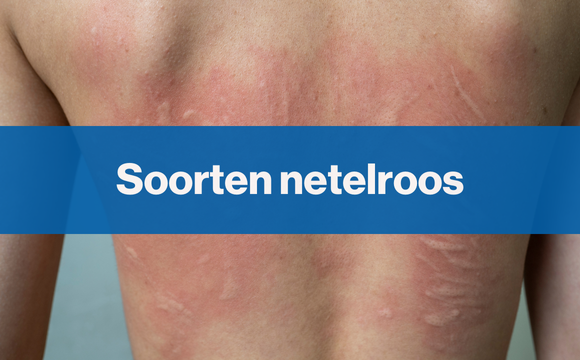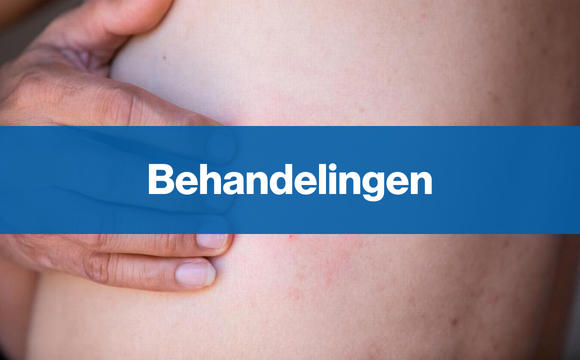Netelroos of urticaria komt van het Latijn "urtica (netel)" en "urere (branden)".
De herkomst van het woord zegt al veel over deze huidziekte waarvan de meest gekende vorm contacturticaria is, die voorvalt... bijvoorbeeld bij het aanraken van brandnetels.
Resources
Zoek een urticaria-expert bij jou in de buurt.
Meld je aan voor nieuwsbrieven en ontvang updates over urticaria rechtstreeks in je e-mail.
Neem gerust contact met ons op voor meer informatie of vragen
FA-11282895 - 10/02/2024




